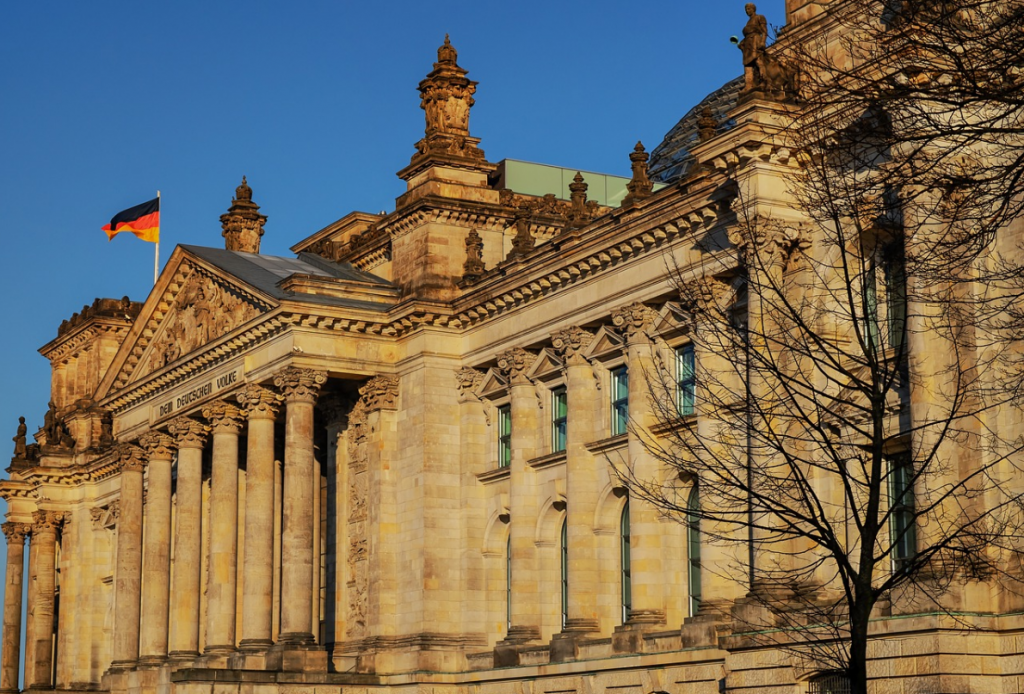It’s one of the most important buildings in all of Germany and a famous landmark in Berlin.
In this post, you’ll discover the ultimate list of facts about the Reichstag Building, a building with a fascinating story to tell.
1. This is the Reichstag Building’s official name
The building is officially referred to as the “Deutscher Bundestag – Plenarbereich Reichstagsgebäude” in Germany.
It’s located in the capital of Germany, Berlin, and has a maximum height of 47 meters (154 feet) and a total floor area of 61,166 square meters (658,385.34 square feet).
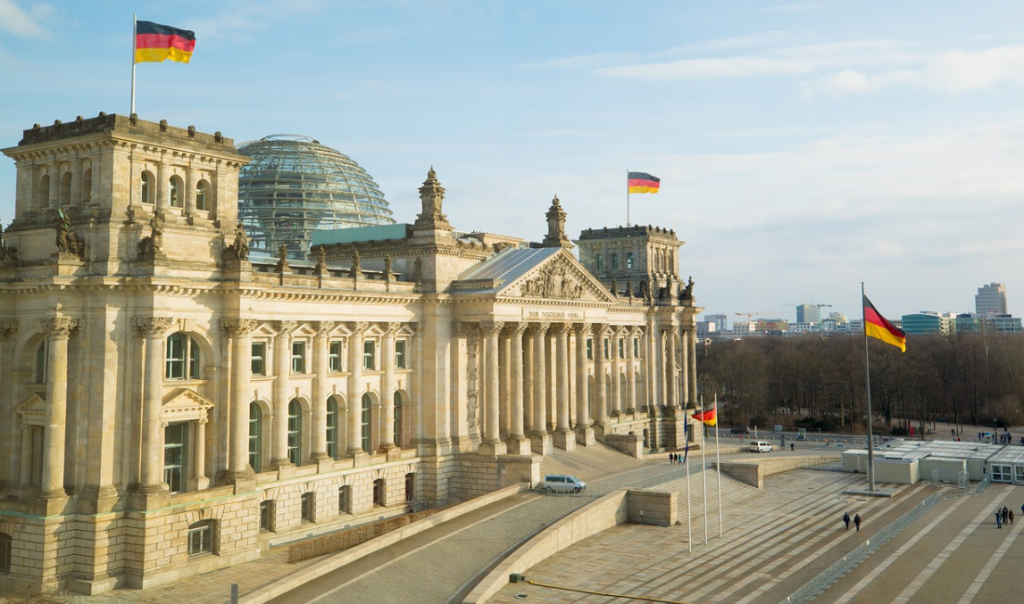
2. Where is the Reichstag Building located?
The Reichstag Building is located right in the center of Berlin, right next to another iconic landmark, the Brandenburg Gate, just north of the “Potsdamer Platz.”
It’s also located just a few 100 meters from Checkpoint Charlie, the iconic cold-war east-west border landmark, and right next to the Berlin Madame Tussauds Museum.
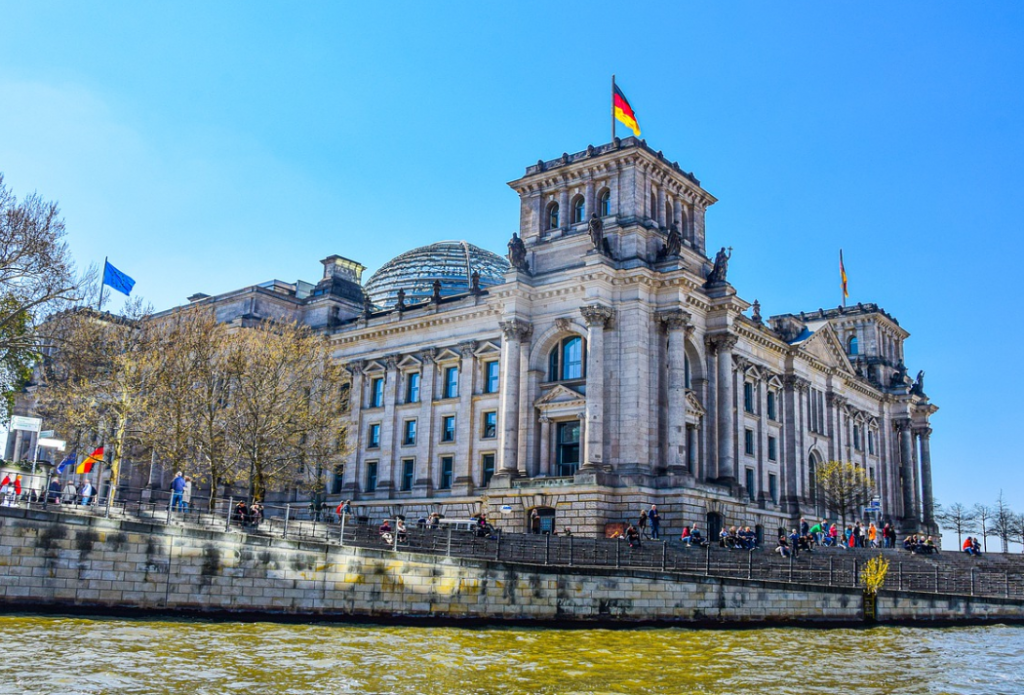
3. It was built to house the Imperial German Diet
On January 18, 1871, the German Unification into a German Empire was announced in the Hall of Mirrors at the Palace of Versailles, just outside of Paris.
The newly formed parliament was gathering in multiple buildings in the Leipziger Straße in Berlin, but these buildings became too small.
Therefore, a new building was needed to house the “Reichstag” or “Imperial Diet” of the new German Empire.
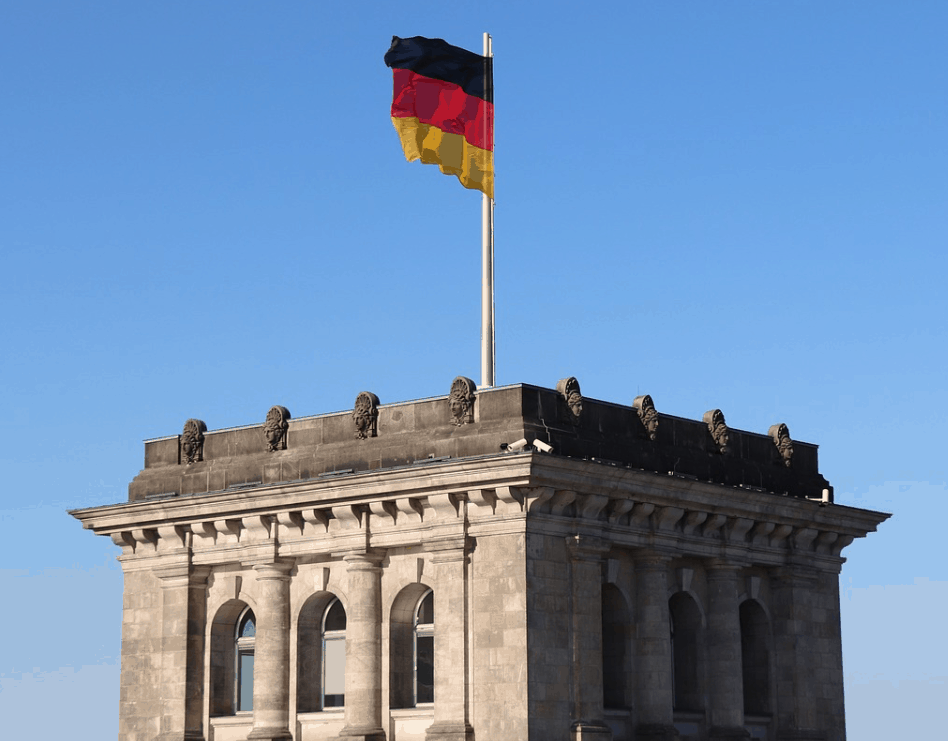
4. Planning for the building started a decade earlier
Just a year after the German Unification in 1871, an architectural competition was held to determine the design of the new building.
103 candidates submitted their proposals and more importantly, a location was decided for the building as well just east of the “Königsplatz” which is today called the “Platz der Republik.”
5. A palace was destroyed to construct the building
Even though a location was picked to build the new Reichstag Building, there was one huge problem. A palace owned by a Polish-Prussian aristocrat, Athanasius Raczyński, stood on the location.
It took nearly 10 years before the rich aristocrat decided to finally sell his property so his palace could be destroyed and the construction of the new building could commence.
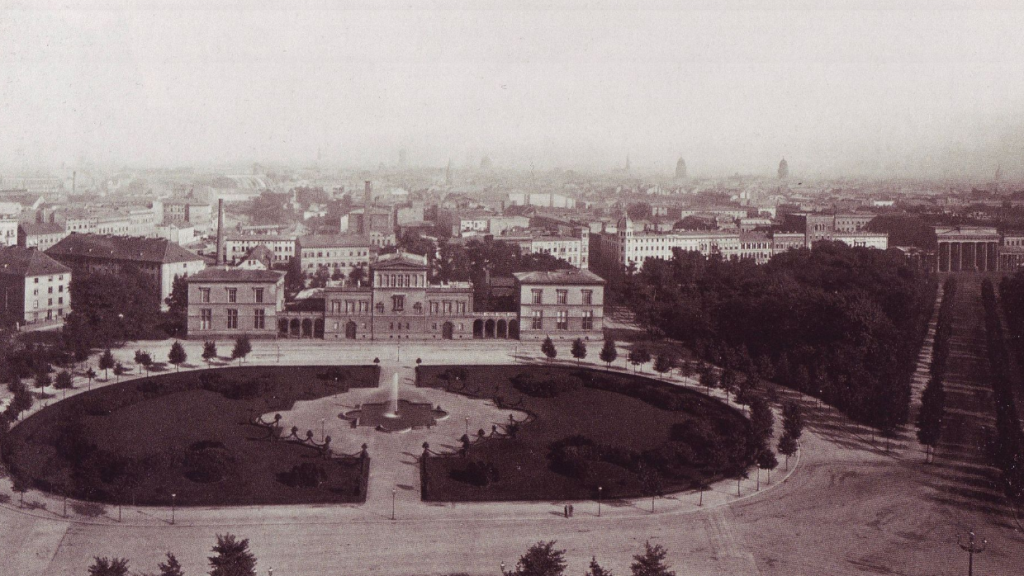
6. It took two architectural contests to find the final design
One of the most remarkable facts about the Reichstag Building is that the negotiation with Raczyński wasn’t the main problem blocking the construction.
The biggest problem was that Wilhelm I, the first German Emperor, Otto von Bismarck, the first German Chancellor, and numerous members of the Reichstag didn’t agree on the design of the building.
Therefore, a new architectural contest was held in the year 1882, exactly 10 years after the winner of the first contest was announced.
7. The inspiration for the design was a building in Philadelphia
The winner of the contest was Paul Wallot, a German architect based in Frankfurt who had roots in Southern France. He created the building in a “Neo-Baroque” design.
Neo-Baroque or “Baroque Revival” refers to an architectural style that was popular in the late 19th century and which incorporates a lot of elements of the Baroque style such as extensive ornaments, without being of the original Baroque period.
The Palais Garnier in Paris is a prime example of Neo-Baroque but wasn’t the inspiration for the Reichstag Building’s design.
The inspiration came from across the pond in the form of Philadelphia’s Memorial Hall, the centerpiece of the first World Fair to be held in the United States in the year 1876.
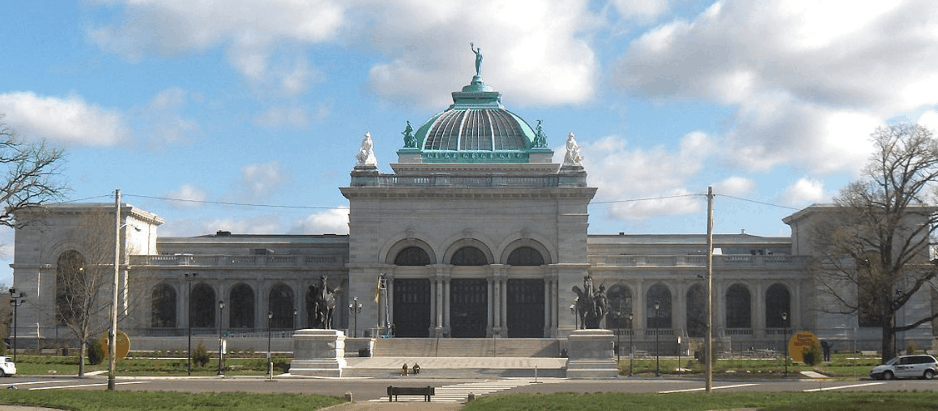
8. When was the Reichstag Building constructed?
The first stone was laid by the first German Emperor, Wilhelm I, on June 29, 1884. He was succeeded by Wilhelm II, his grandson, in 1888. This year is referred to as “The Year of the 3 Emperors.”
It was Wilhelm II who made a significant change to the design of the original Reichstag Building as he incorporated an amazing dome of steel and glass into the Neo-Baroque design.
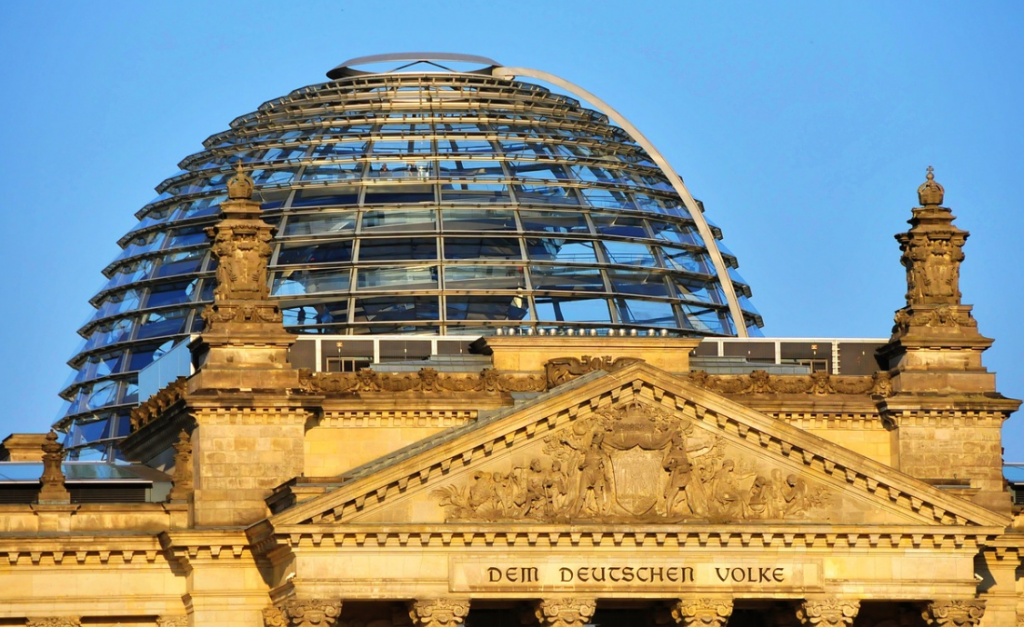
9. The last German Emperor didn’t like the inscription
Wilhelm II, who would turn out to become the last German Emperor, wasn’t too fond of democracy. This fact was emphasized in the year 1916.
This was the year that the iconic words “Dem Deutschen Volke,” translate to “To the German People,” in the sense that the building was dedicated to the people of Germany.
Wilhelm II used all his power to try to avoid these words were added to the building but to no avail. He would eventually be abdicated in the year 1918, and live out the remainder of his life hiding in the Netherlands (until 1941).
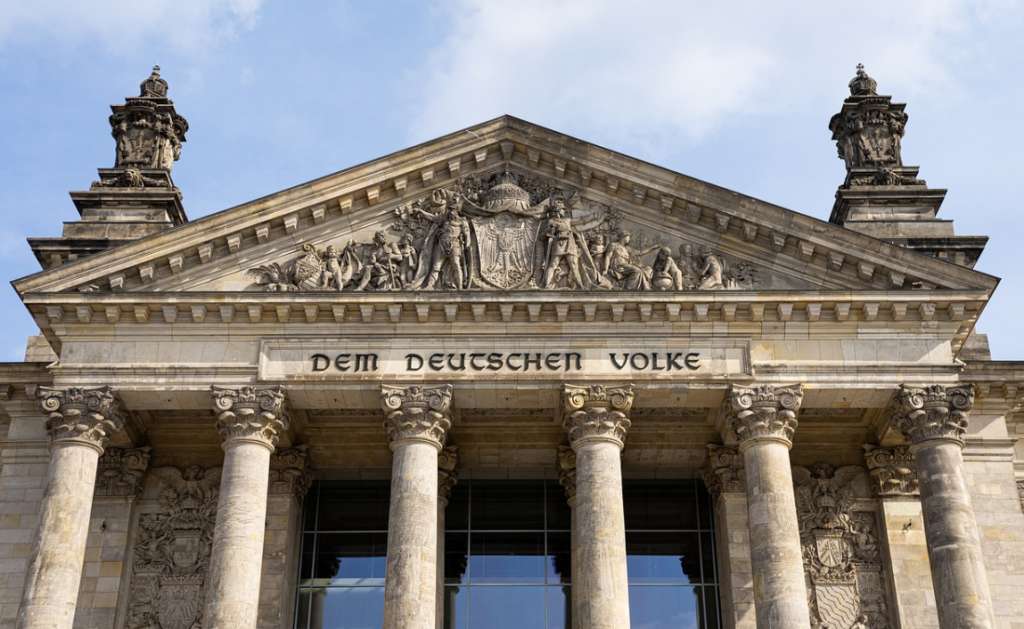
10. It was still called “Reichstag” after Germany became a republic
At the end of World War I, Germany found itself in huge turmoil. This was until November 9, 1918, when Philipp Scheidemann, a German politician declared Germany to be a republic from the balcony of the Reichstag Building.
The Weimar Republic (1919-1933) was born and started using the building as its official seat of parliament.
One of the most interesting facts about the Reichstag Building is that during this period in history, it was still being referred to by the same name as during the German Empire!
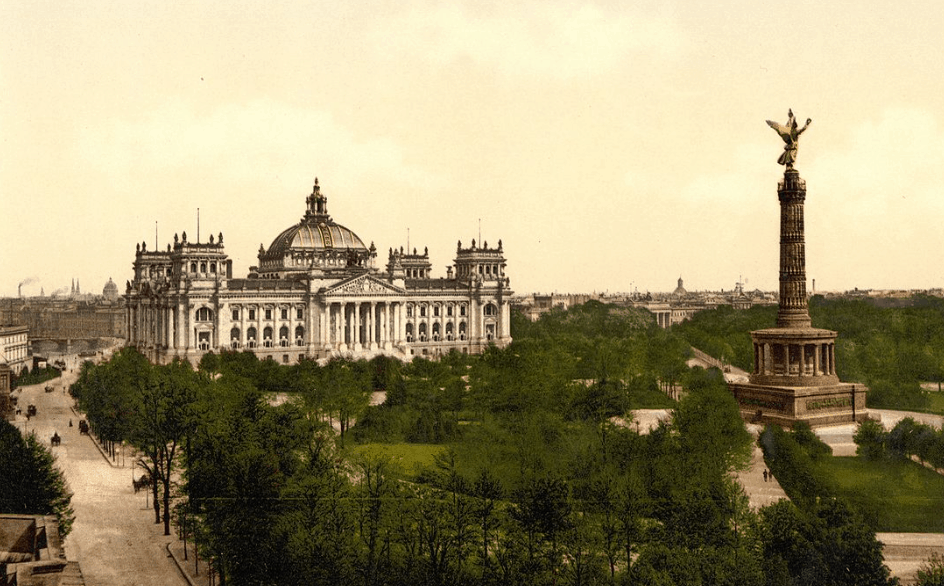
11. It was the scene of a bloodbath in 1920
The newly established government found itself governing a country that had serious issues. When the government tried to pass a bill through the “Works Council Act,” which would have limited Union activity, a massive protest was organized by the “Independent Social Democratic Party of Germany” (USPD) and “Communist Party of Germany” (KPD).
On January 13, 1920, a massive crowd of disgruntled workers gathered in front of the Reichstag Building, which was being protected by the Sipo, the security police
What happened exactly to turn the protest into a bloodbath is still up for debate, but dozens of protesters died from gunshot wounds, making it the bloodiest protest in German history.
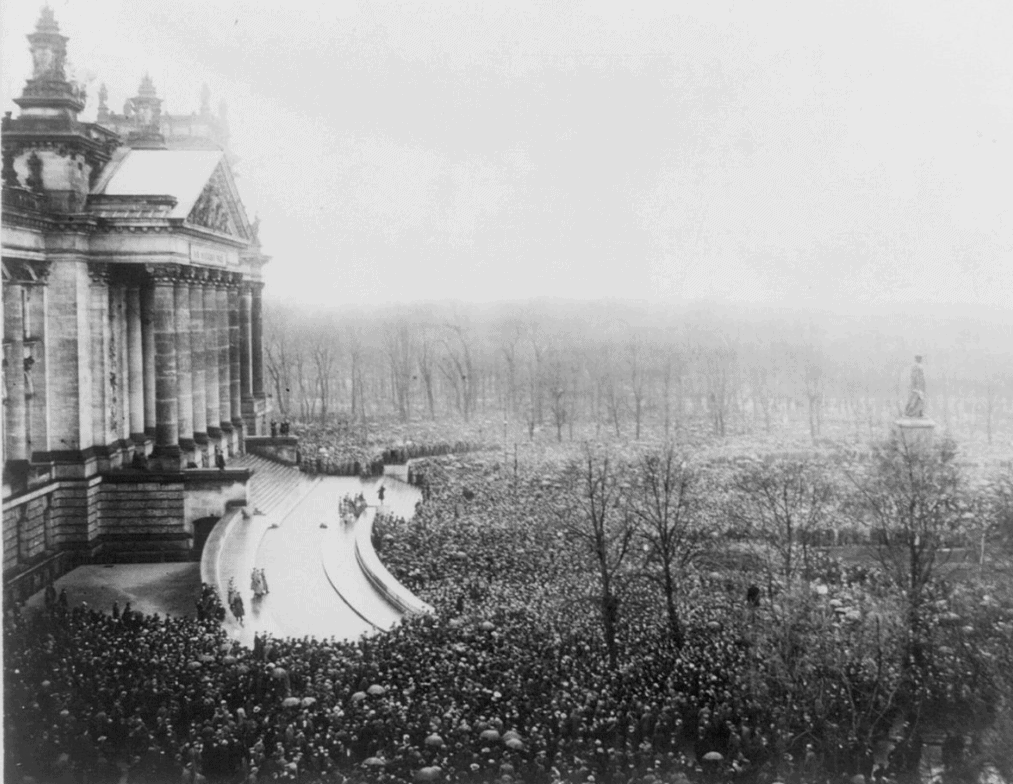
12. The Reichstag Fire changed the course of modern history
On February 27, 1933, the building caught fire in a presumed arson attack and was severely damaged. This happened just 4 weeks after Adolph Hitler was sworn in as chancellor of Germany.
The Nazis blamed the communist for the fire and used this event to strip down the rights of the people, easily arrest communists, and basically turn Germany into a police state.
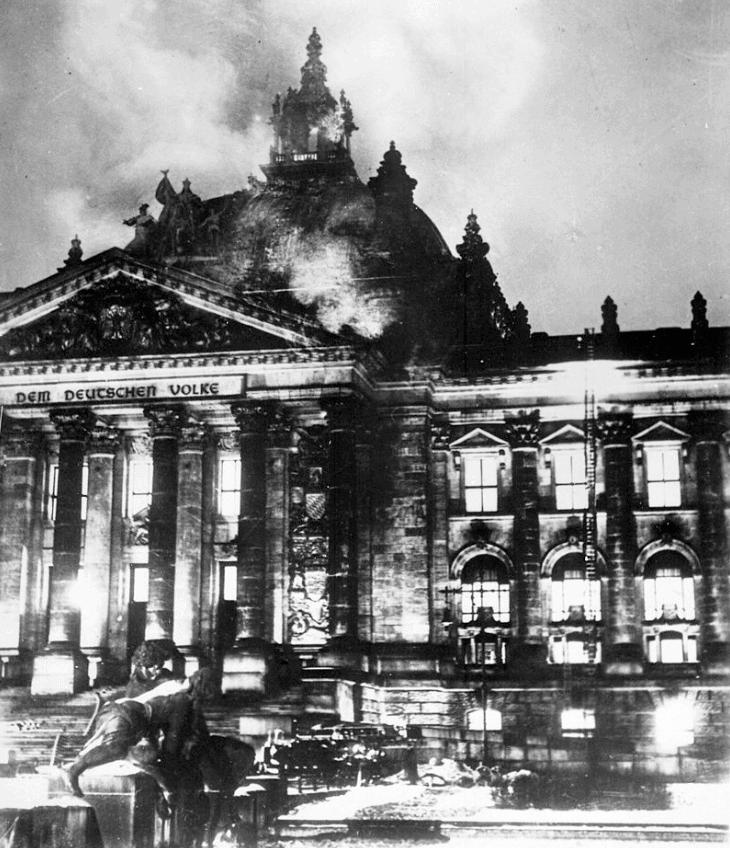
13. The alleged perpetrator was beheaded
The Nazis were quick to blame the Communists for the attack and were equally fast in finding their scapegoat. The Dutch communist Marinus can der Lubbe was arrested along with 3 Bulgarian nationals, who were remarkably acquitted at their trial.
Marinus van der Lubbe, the Dutch national who claimed that he acted alone in an attempt to bring attention to the workers, was sentenced to death and executed by guillotine, 3 days before his 25th birthday, on January 10, 1934.
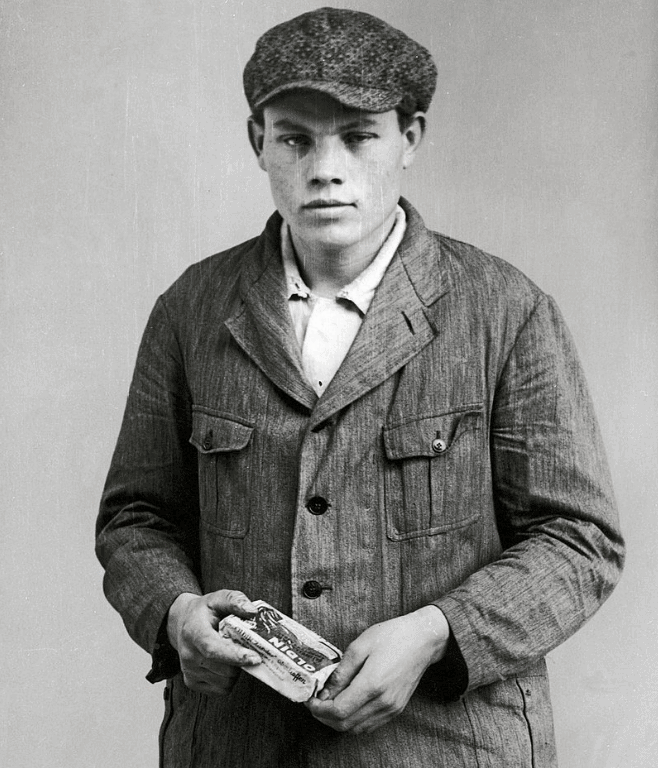
14. The term “Reichstag Fire” is still significant today
Whether or not Marinus van der Lubbe actually acted alone, or whether or not he actually set the building on fire, is still up for debate today.
The most accepted explanation among historians is that he did actually do it, but got help, and most probably from the Nazis themselves. This debunks the Nazi version that there was a Communist conspiracy to overtake the government.
The fact that the Nazis made a big deal out of it and were able to use this event to persecute Communists in Germany makes many people believe this was a “false flag operation.” This would indicate that the whole event was staged for political gain.
Because of this, modern-day “false flag operations” are still referred to as “Reichstag Fires,” staged events to blame political opponents.
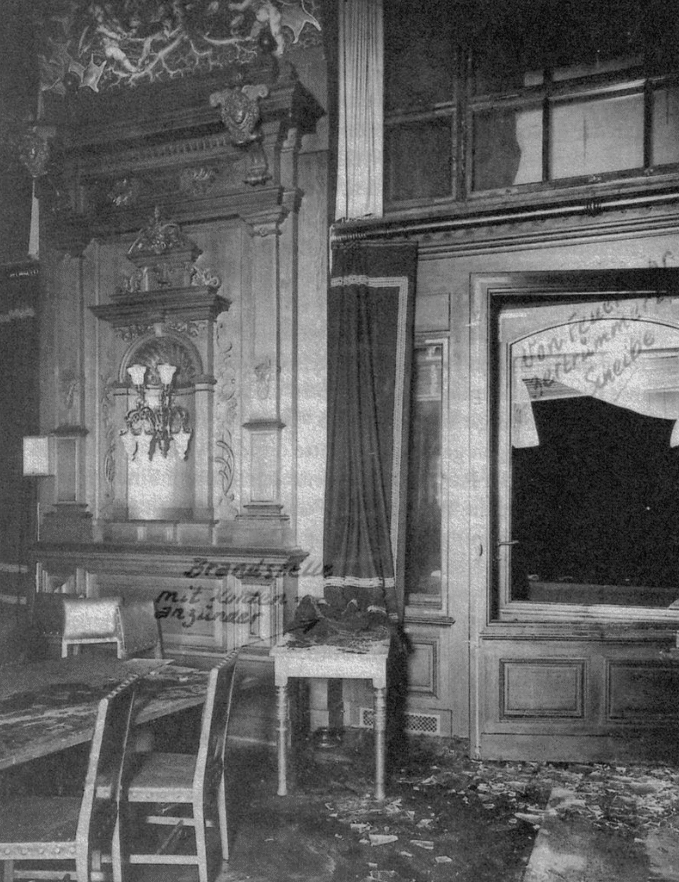
15. The Nazis didn’t use the building
After the building was set on fire, it became practically unusable, so the Nazis didn’t actually use it for the few parliamentary sessions they had.
Instead, they turned to the “Kroll Opera House,” which was located right across the Reichstag Building on the other side of the Königsplatz square (today Platz der Republik).
This building, which was constructed in 1844 was severely damaged during the war and eventually demolished in 1951.
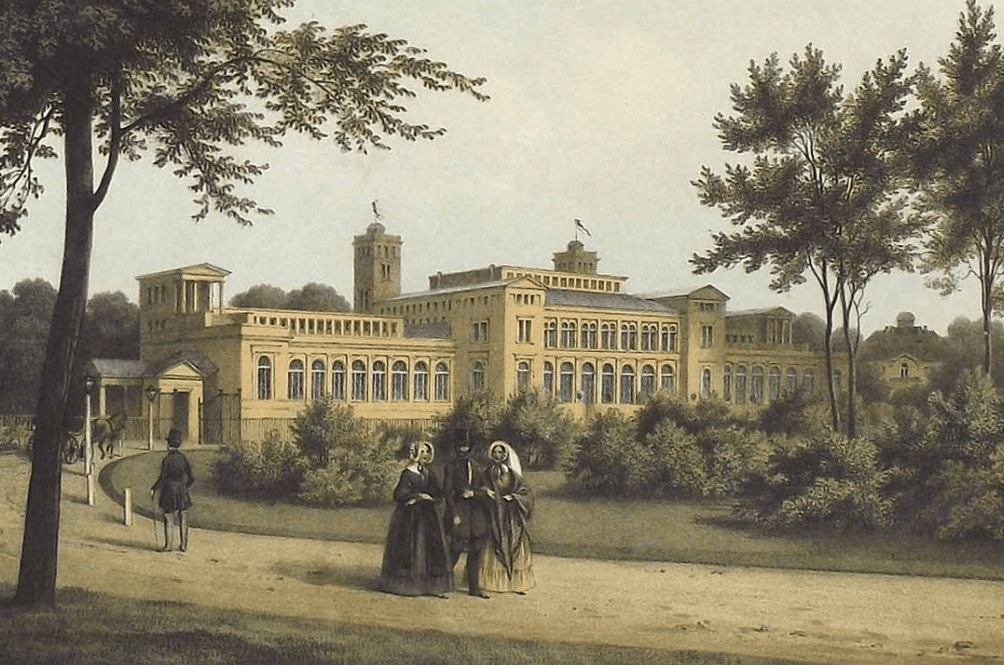
16. An iconic picture was taken on May 2, 1945
The building was severely damaged from the fire, and also from bombing at the end of World War II. It was also a significant target for the Russians to capture as it contained so much symbolic value.
The moment the building was eventually captured was eternalized in an epic picture that was taken on May 2, 1945, as Russians raised their flag on the building.
The picture known as “Raising a Flag over the Reichstag” was published in thousands of publications all around the world and became one of the most recognized pictures of World War II.
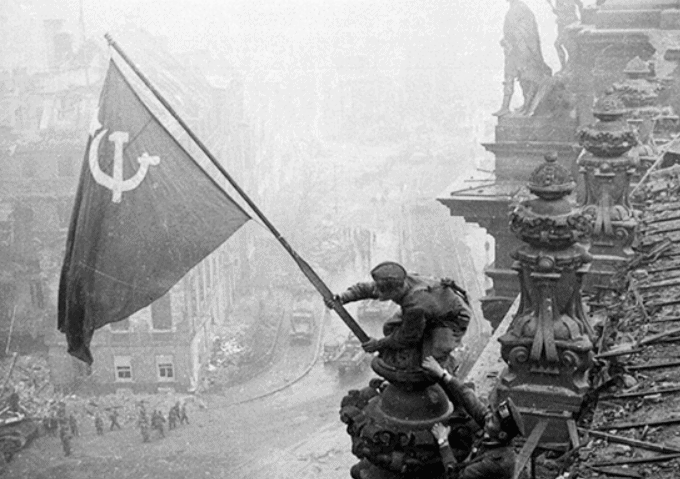
17. Nothing was done until the 1960s
After the war, the Reichstag Building basically remained a ruin for well over a decade. It wasn’t until the 1960s that a first attempt was made to restore the building to its old glory. This happened between 1961 and 1964.
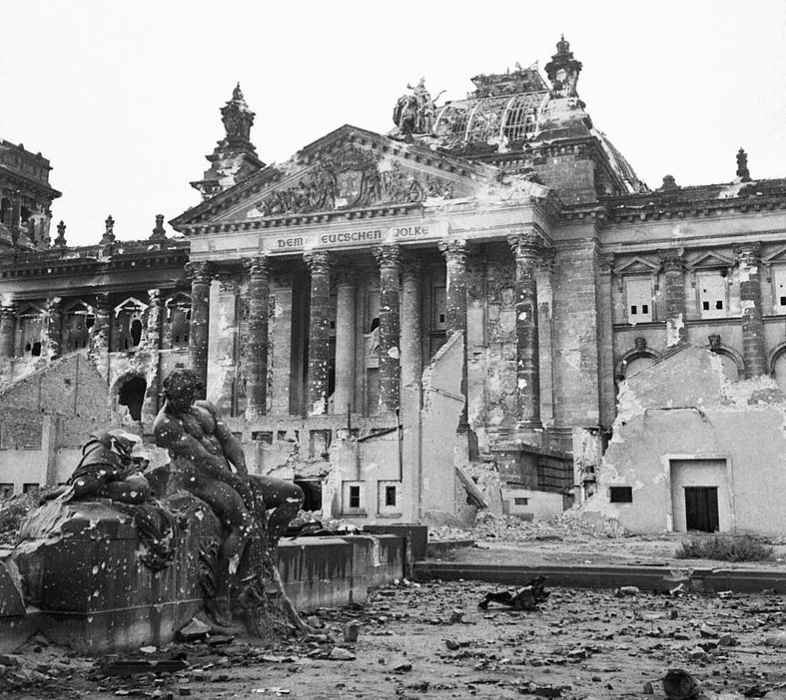
After that, not much happened either because the government buildings of West Germany had moved to Bonn, and the building was literally outside of the borders of both West and East Germany after 1971.
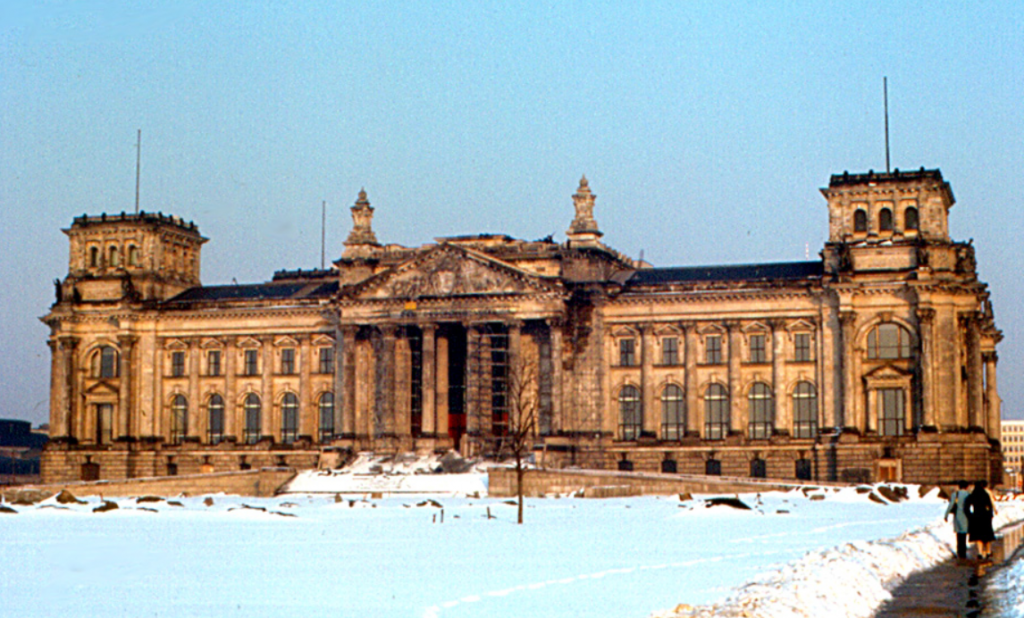
18. The government and parliament returned to Berlin in 1992
The German Unification Ceremony was held on October 3, 1990, at the Reichstag Building. The parliament of the newly united Germany gathered for the first time at the building the day after.
This didn’t mean that Berlin was suddenly the center of the government. The seat of government was still in Bonn at this time.
It wasn’t until June 20, 1991, that with a slim approval rate it had been decided to move the government from Bonn back to Berlin.
This also meant that the Reichstag Building would finally resume its official function for the first time since the Nazis seized power in Germany!
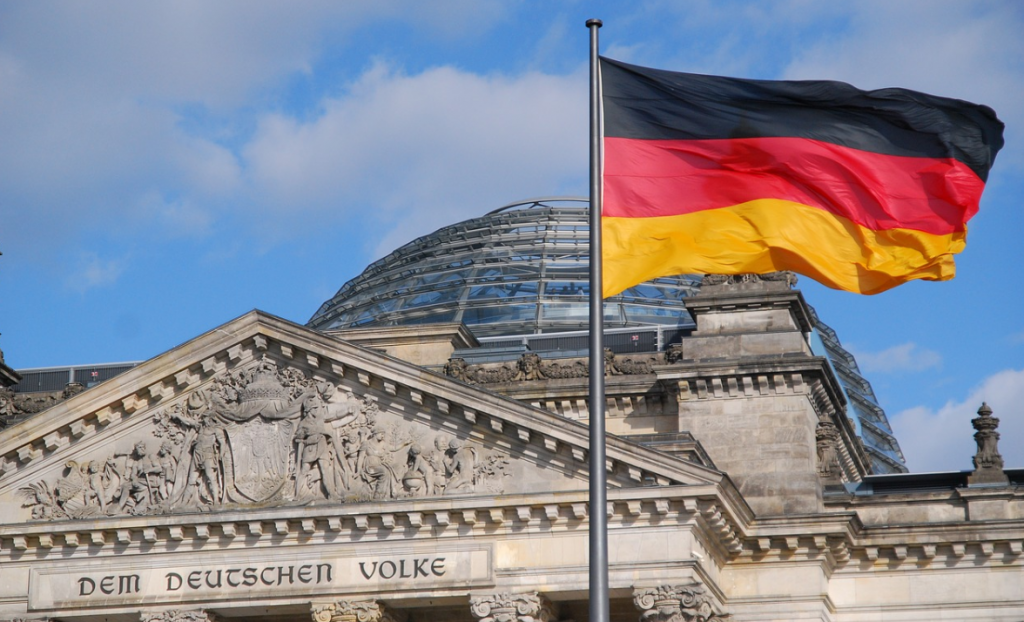
19. Two artists wrapped the Reichstag Building in 1995
The married couple “Christo and Jeanne-Claude” spent their life creating environmental works of art. In the year 1995, they received approval to use the Reichstag Building for one of their projects.
They used nearly 100,000 square meters (1,100,000 square feet) of fireproof polypropylene fabric and 15 kilometers (9.3 miles) of rope to literally wrap the building.
The wrapping was completed on June 24, 1995, and unwrapping started on July 7, 1995. During these 2 weeks, nearly 5 million people visited the extraordinary work of art!
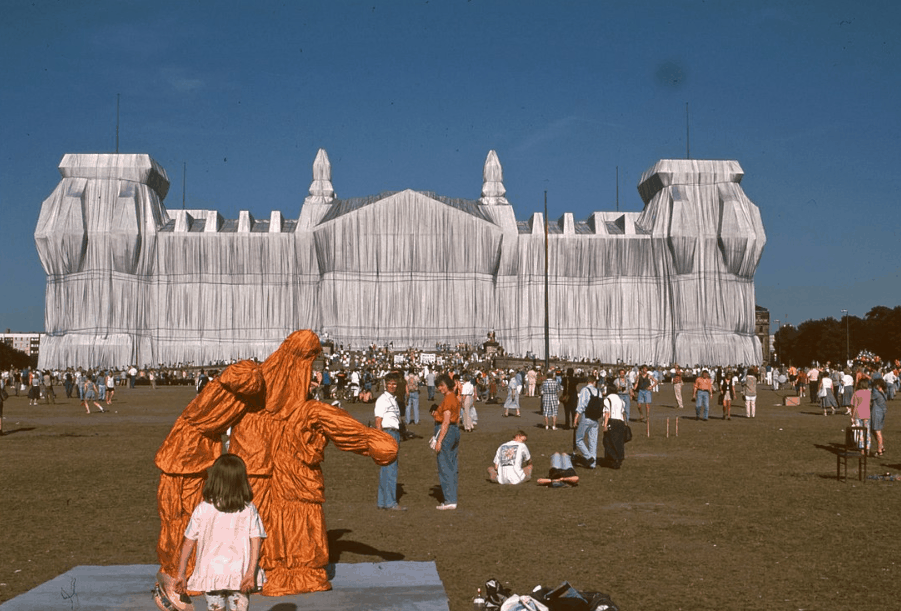
20. The new design was made by a renowned architect
Before the building was being wrapped and became a giant work of art, a competition was being held to determine the new design of the building (yes, yet another competition)!
The winner of the 1992 competition was renowned British architect Norman Foster, famously known for projects such as Trafalgar Square, the Gherkin, the Millennium Bridge, and Wembley Stadium.
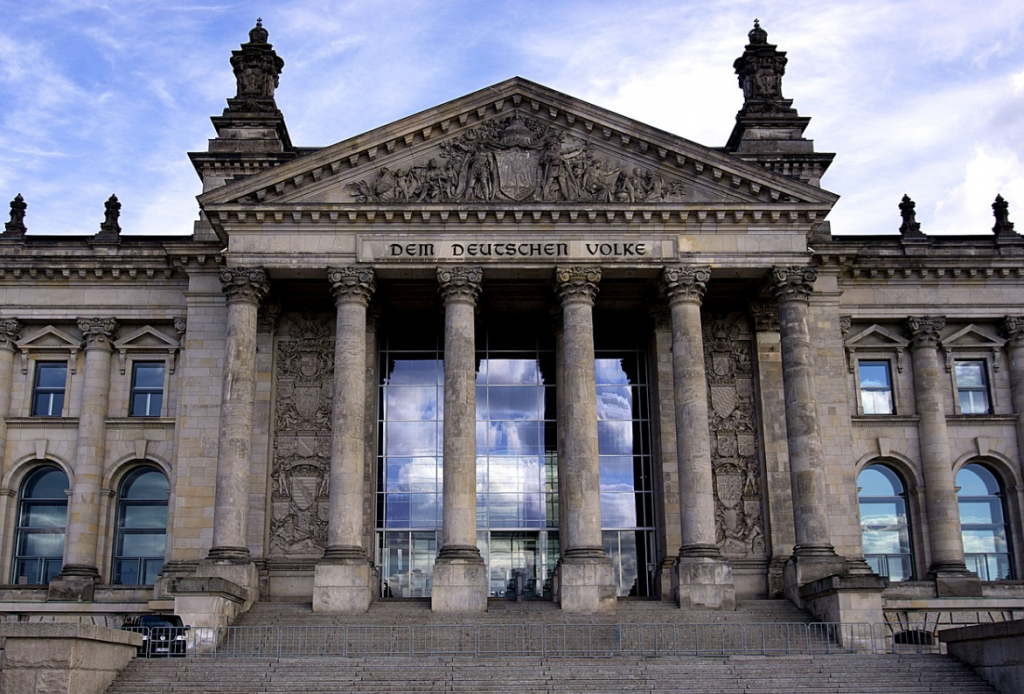
21. The new Reichstag Building was completed in 1999
All the changes made during the previous restoration in the 1960s were undone, and the building was completely gutted except for its outer walls.
Yes, this was a serious renovation effort!
The construction started in the year 1992 and was only completed in the year 1999. The Bundestag officially held its first sitting in the new Reichstag on April 19 of that year!
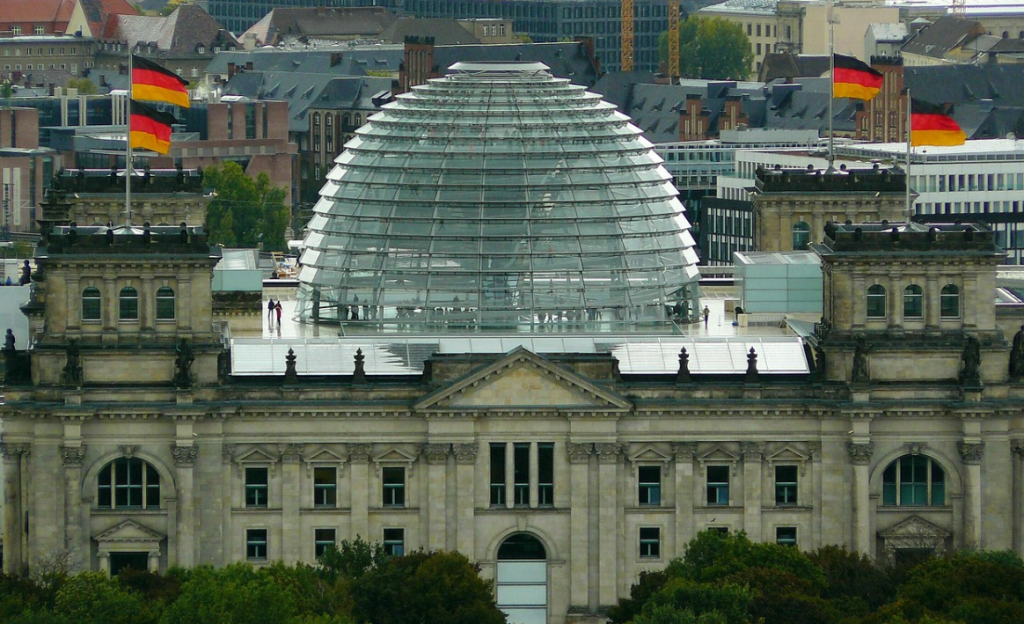
22. This is the most amazing feature of the Building
One of the most prominent features of the new Reichstag Building is the glass dome. This is both a reference to the original glass dome of the building, installed by Wilhelm II, and has a deeper meaning as well.
The glass dome, which is open to the public, actually allows anybody to see the debating chamber of the parliament below.
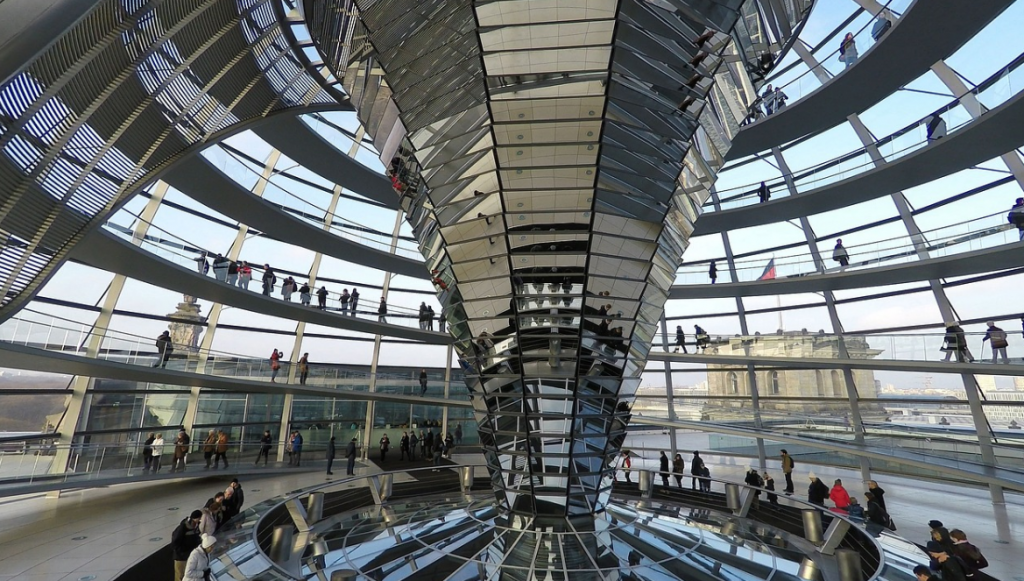
This is an effort to increase the transparency of the government, the complete opposite of Germany during the Nazi regime. The glass dome is now a symbol of the new unified Germany.
Apart from being able to see the politician’s debate below, the dome also offers a 360-degree view over the city of Berlin. The perfect place to enjoy this amazing city!
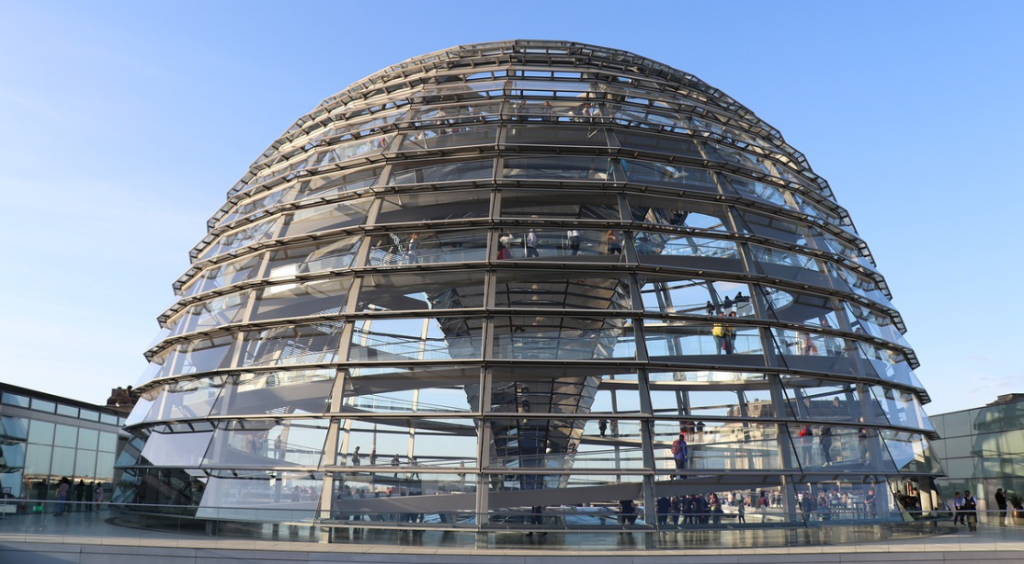
23. It’s one of the most popular tourist destinations in all of Germany
The Reichstag Building is one of the most important buildings in all of Germany, and it’s also one of the most popular ones.
because of the fact that it’s open to the public (registration beforehand is required though) and people can see inside the debate room, millions of people visit the building every year.
This makes it the second most popular tourist destination in Germany, just behind the Cologne Cathedral.
